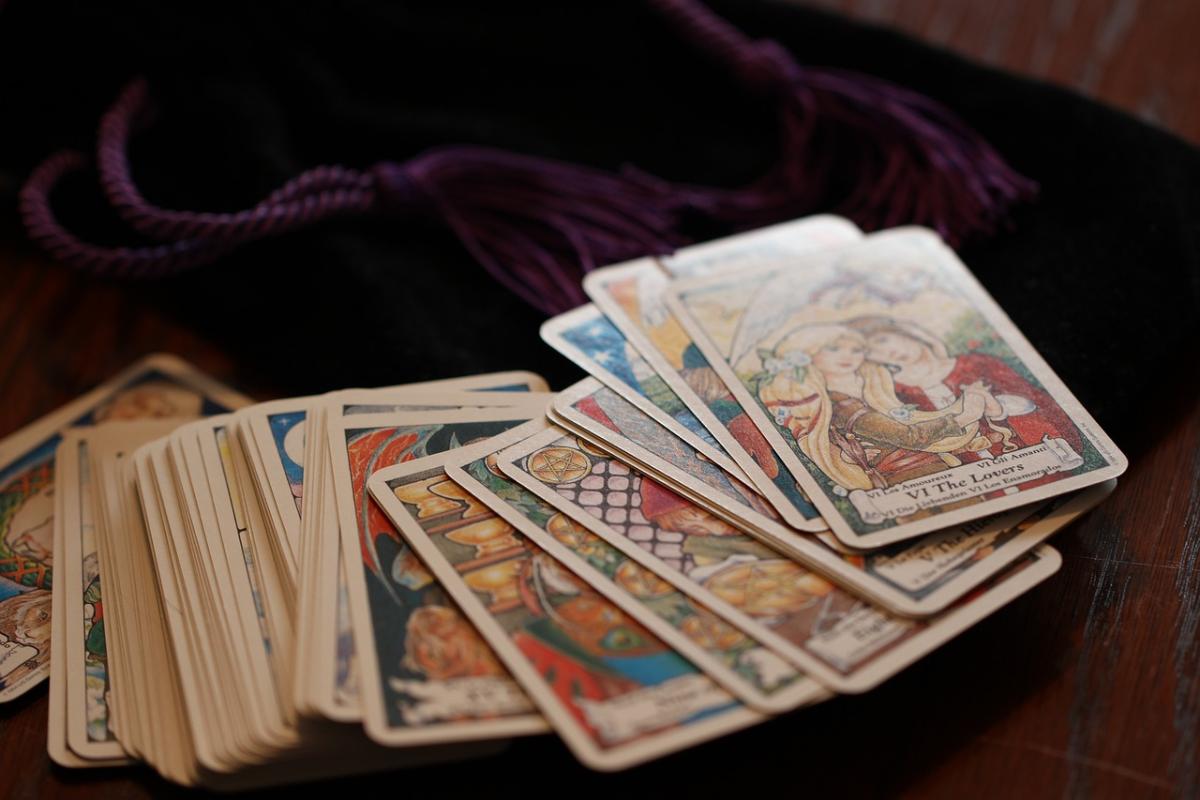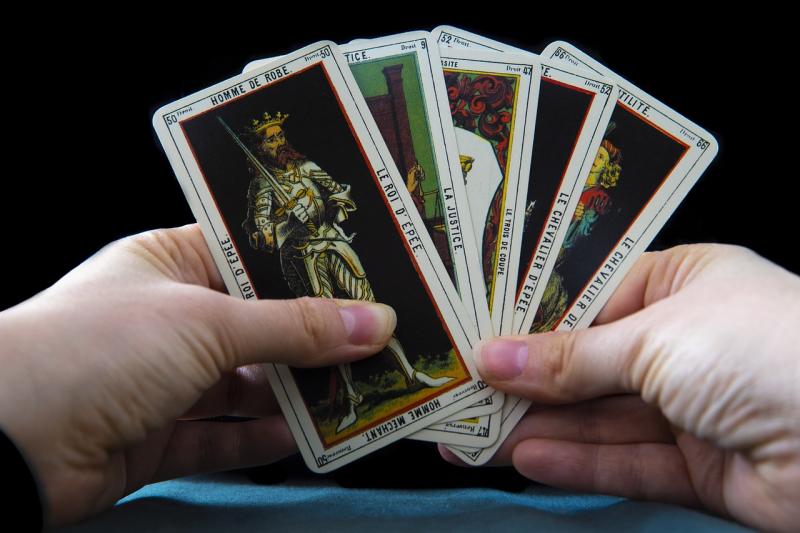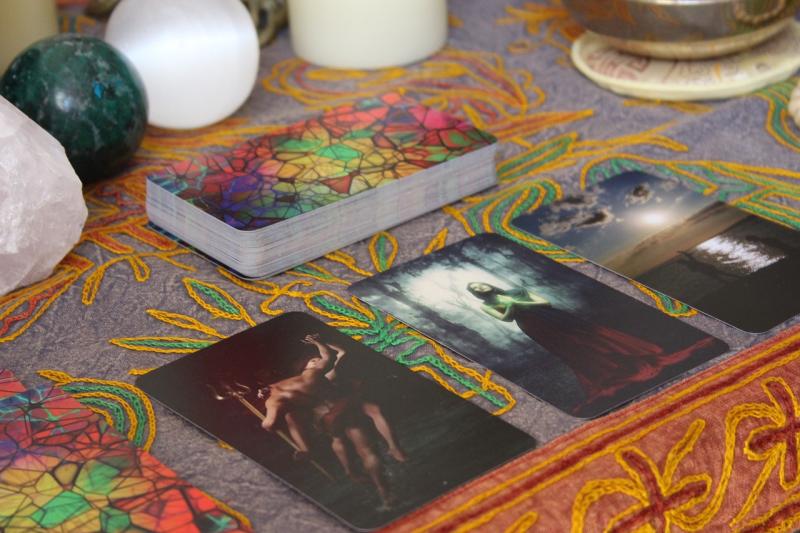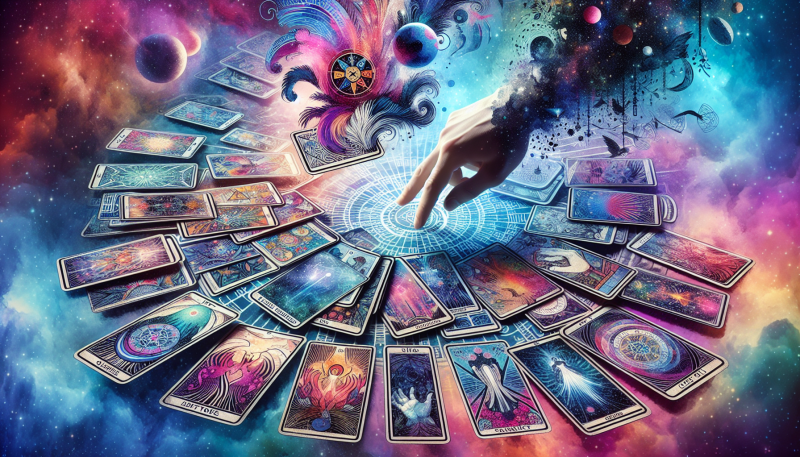Traditional Tarot cards have a rich history and are often associated with mystical practices and guidance. A typical Tarot deck consists of 78 cards, divided into two main sections: the Major Arcana and the Minor Arcana. The Major Arcana includes 22 cards that represent significant life themes and lessons, like The Fool, The Magician, and The Tower. These cards often grab the spotlight in readings because they touch on deep, impactful experiences.
The Minor Arcana, on the other hand, is split into four suits – usually Cups, Pentacles, Swords, and Wands. Each suit reflects everyday situations and challenges we face. For instance, Cups deal with emotions and relationships, while Wands focus on inspiration and action. The Minor Arcana helps to paint a detailed picture of the nuances of a person’s life journey.
When people use Tarot cards for readings, they typically shuffle and draw cards, interpreting them based on their position and the question at hand. Each card has its own unique symbolism and meaning, which can change depending on the context of the reading. This makes Tarot a versatile tool for self-reflection, decision-making, and even connecting with one’s intuition.
Many folks find that using traditional Tarot cards helps them gain insights into their lives. It’s not just about predicting the future; it’s more about understanding where they are right now and where they might want to go. The blend of imagery and symbolism in each card acts like a mirror, allowing them to reflect on their own thoughts and feelings.
Exploring Native American Tarot Cards
Native American Tarot cards offer a unique twist on traditional tarot. While standard tarot decks consist of 78 cards with universal imagery and themes, Native American Tarot decks often incorporate indigenous symbols, stories, and spirituality. This blend creates an experience that resonates deeply with Native American culture, emphasizing connection to nature and the world around us.
One of the standout features of Native American Tarot cards is the artwork. Each card typically reflects traditional designs and motifs that can vary by tribe, connecting users to rich histories and ancestral wisdom. You might encounter animals, plants, and iconic cultural symbols that make the reading experience feel more personal and grounded. This not only adds layers of meaning to each card but also invites users to reflect on their own connections to the earth and their heritage.
When choosing Native American Tarot cards, it’s important to select a deck that resonates with you. Look at the artwork and read the guidebook if available. Some decks are rooted in specific tribal traditions, while others may offer a more generalized approach. Think about what themes speak to your spirit or what stories you want to explore in your readings.
Using these decks can also foster a deeper appreciation for Native American spirituality. Many practitioners recommend incorporating rituals or meditative practices inspired by Native American cultures while reading. This connects you further to the energy of the cards and allows for a more holistic experience. So, if you're open to embracing not just the cards but also the culture they come from, Native American Tarot can be a rewarding path to explore.
Key Differences Between the Two
When diving into the world of tarot, you’ll quickly notice that there are different styles and themes, each with its own charm. So, what’s the main difference between standard tarot cards and Native American tarot cards? Let’s break it down!
First off, standard tarot decks typically consist of 78 cards, including major arcana and minor arcana. Each card has its own imagery, symbols, and meanings rooted in European traditions. When you pull a card, it often reflects universal life themes, like love, conflict, or personal growth. These cards can vary widely in design but generally stick to traditional symbolism.
On the flip side, Native American tarot cards bring a unique twist to the game. These decks often draw from indigenous cultures, celebrating their rich histories, symbols, and spiritual beliefs. You might find cards featuring animals, nature, and elements that are deeply tied to Native American stories. The meanings often reflect the relationship between humans and the earth, making each reading feel more connected to nature.
Another key difference is the imagery and artwork. While standard decks may use classic tarot symbols, Native American decks often feature vibrant artwork inspired by tribal motifs and teachings. This makes them visually stunning and often more relatable for people looking to explore spiritual connections through nature.
Lastly, the way the cards are used can feel different too. Standard tarot readings often follow specific spreads and layouts, while Native American tarot readings might focus more on intuitive insights or storytelling, inviting deeper personal reflection. It’s all about finding what resonates with you!
Choosing the Right Deck for You
On the other hand, Native American tarot decks bring a unique twist. They blend traditional tarot elements with rich cultural themes and spiritual symbols from Native American traditions. This can offer a deeper connection to nature and spirit for those who feel aligned with those teachings. If you’re looking for something that feels a bit different and speaks to a specific philosophy, this type of deck could be perfect.
Here are a few things to consider when selecting your deck:
Ultimately, trust your intuition. The right deck will feel like an extension of you, making every reading a more personal and meaningful experience. So take your time exploring different options and find the one that truly speaks to your heart.



